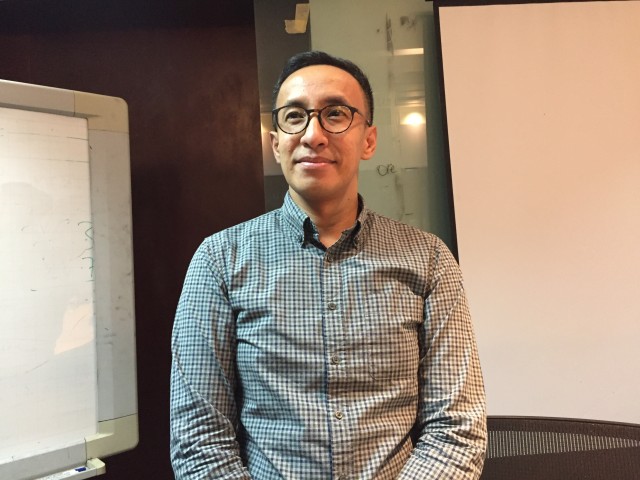Vale Indonesia Weighs Technology Options for Bahodopi Nickel Smelting Project
HPAL is particularly effective for low-grade ores and is favored for its ability to extract metals efficiently while reducing waste. However, it requires significant energy and investment, making it more complex and costly compared to traditional methods.
Both RKEF and HPAL are methods for nickel ore processing. RKEF utilizes coal as a reducing agent in a high-temperature electric arc furnace, while HPAL employs sulfuric acid in a pressurized tank known as an autoclave.
At the Bahodopi project, Vale, in partnership with Tisco and Xinhai, has established a joint venture named PT Bahodopi Nickel Smelting Indonesia (BNSI) to develop a $2.6 billion smelter, equivalent to approximately Rp 40 trillion.
Bernardus Irmanto, Vale’s Chief Sustainability and Corporate Affairs Officer, stated that as a publicly listed company, he cannot explicitly confirm whether Vale will continue with RKEF or switch to HPAL.
“However, we have previously announced plans to build the Bahodopi smelter using RKEF technology,” he noted in Jakarta.
He acknowledged that while RKEF requires significant energy input, maintaining economic viability is crucial. He emphasized that Vale must aim for first-quota production levels to sustain the project.
“If we don’t achieve this, the Bahodopi project will struggle to remain viable,” he said
He further mentioned that nickel prices tend to rebound, particularly when they drop close to the cost thresholds of third and fourth-quota producers, often resulting in losses for many in the market.
To ensure the Bahodopi project remains competitive, Vale aims to align its cost structure with second-quota production levels, amidst shareholder expectations for its viability.



























Tinggalkan Balasan